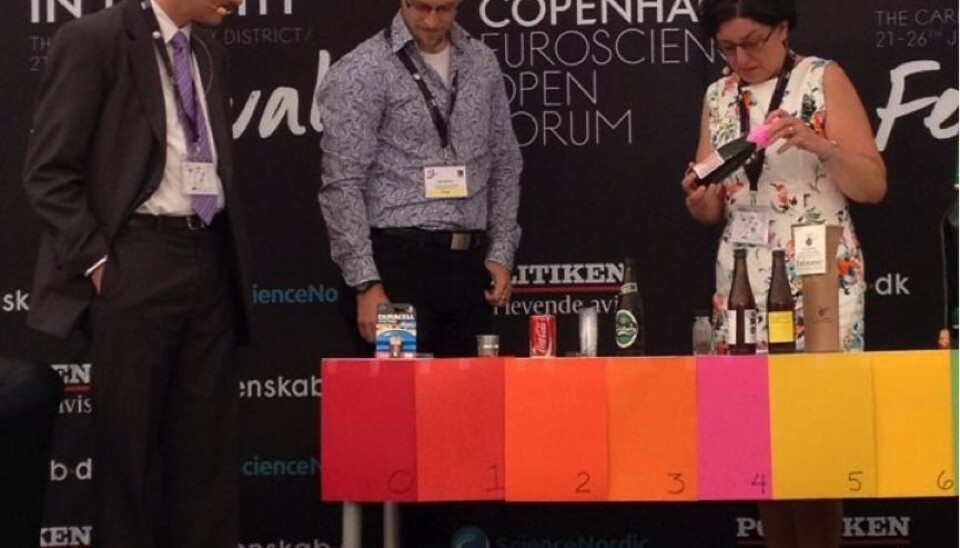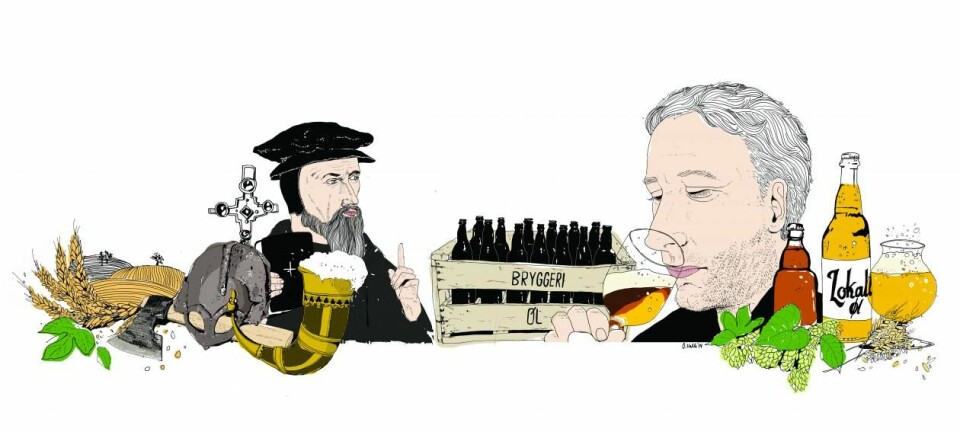
Frustrated beer brewer created the pH scale
Europe's biggest science conference, Euroscience Open Forum, is coming to an end. We take a look back at the greatest invention that has ever been made at the site of the conference: the pH-scale.
This article was written by ESOF2014 Future Academy.
In 1909 the head of the Carlsberg Laboratory S. P. L. Sørensen was facing a problem: it annoyed him to no end that if you wanted to describe a liquid's acidity you had to use subjective phrases such as 'very acidic', 'good', and so on.
Sørensen felt that a precise tool was needed so everyone would get the same result -- no matter who had done the test of the liquid.
This problem was also close to the heart of the founder of Carlsberg J. P. Jacobsen because such a scale would give the opportunity to check if the fermentation during the brewing of the beer was proceeding as it should, said professor Jürgen Wendland from Carlsberg Laboratory during a talk at ESOF2014 which takes place in the Carlsberg City in Copenhagen.
So when Sørensen invented the pH scale in 1909 there was much joy all around the Carlsberg Laboratory, said Wendland.
Generally speaking, scientific research like the research Sørensen did was essential according to Jacobsen as he believed that the only way society could become smarter and richer was through an exchange of information.
Today, the pH scale is still used all around the world. The scale consists of every number between 0 and 14 and these numbers are named the 'pH values'.
If a solution is acidic, it has a pH value between 0 and 6. Furthermore, a product is neutral if the value is around 7, and basic values are between 8 and 14.
Therefore, pH can be seen as a scale for a product's concentration -- beer for an example, which typically has a pH value between 4.1 and 4.5, will have a concentation of hydrogenions of around 0.000048.








